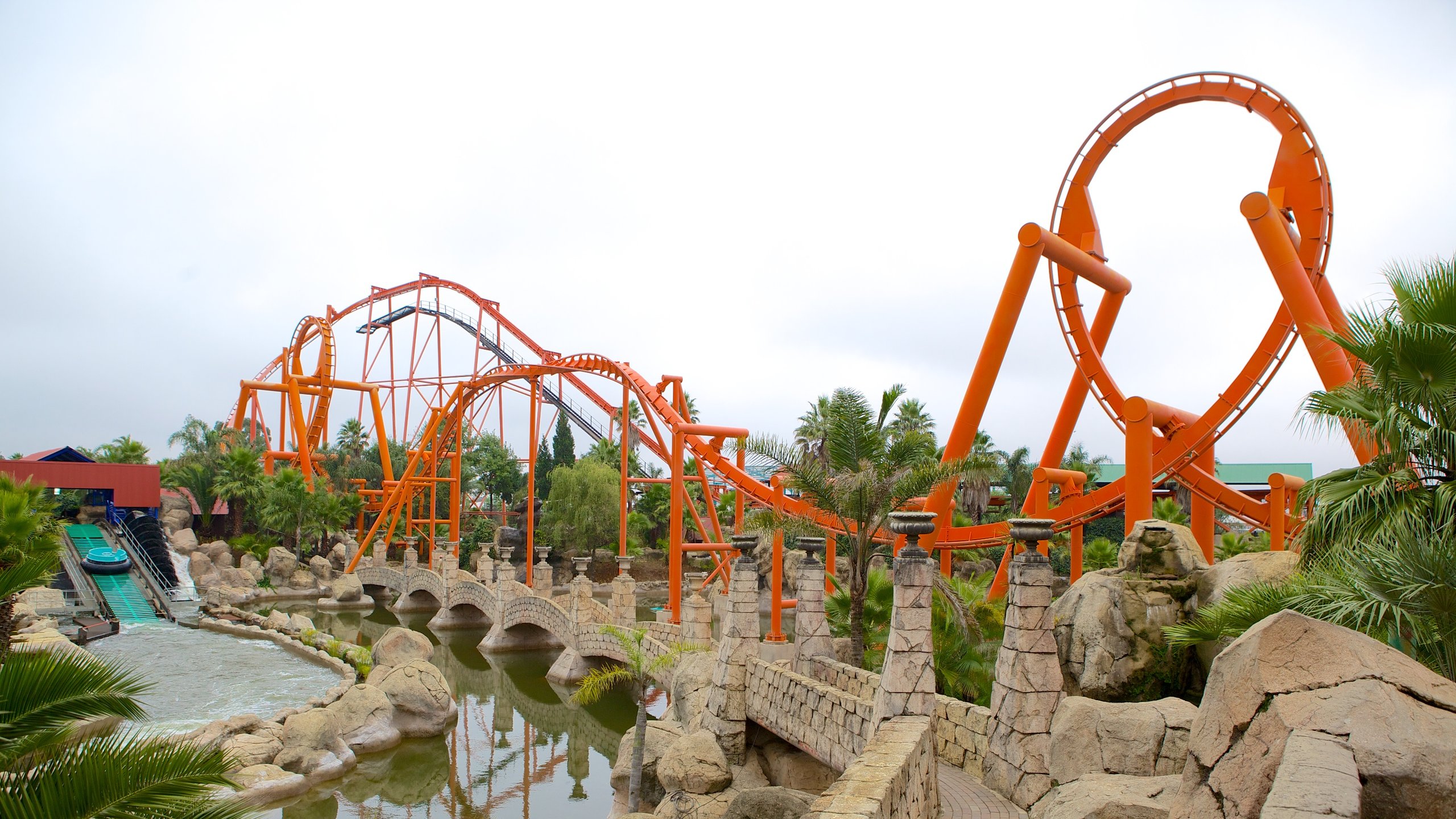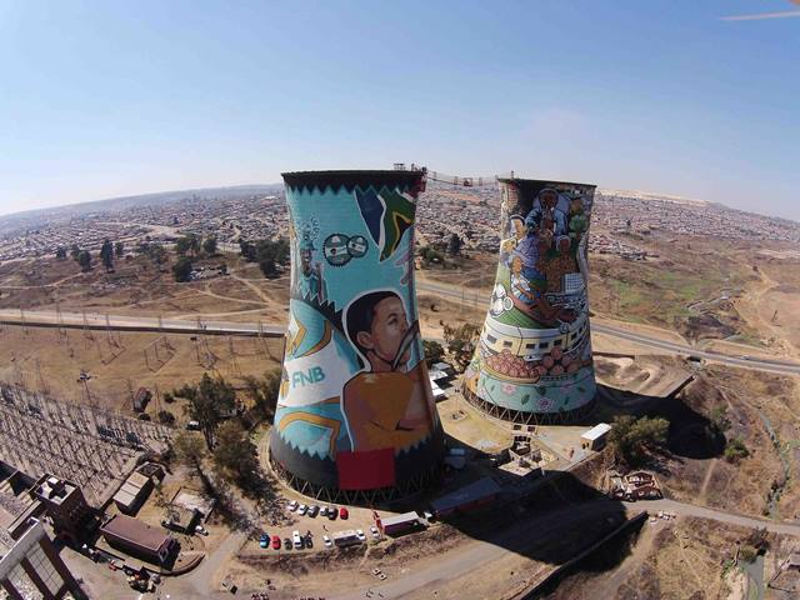Excitement About Johannesburg North Attractions
Excitement About Johannesburg North Attractions
Blog Article
The Single Strategy To Use For Johannesburg North Attractions
Table of ContentsGetting My Johannesburg North Attractions To WorkWhat Does Johannesburg North Attractions Do?Johannesburg North Attractions for DummiesThe 25-Second Trick For Johannesburg North AttractionsExcitement About Johannesburg North AttractionsJohannesburg North Attractions Fundamentals ExplainedHow Johannesburg North Attractions can Save You Time, Stress, and Money.
Nonetheless you must keep safety in mind and tourists should stay alert in any way times when in unfamiliar surroundings. Talk to the residents when you remain in town to learn about the location you are remaining in. Johannesburg North attractions. When on the road (this doesn't use to purchasing malls and various other safe settings) best general guidance is to attempt your ideal to look like a local and to stay clear of showing any kind of wide range
Johannesburg North Attractions - The Facts
Teacher Revil Mason O. J. (Thomson, 1946) checked out the Witwatersrand's pre-colonial history. His archaeological job took off the 'em pty land' misconception, according to which the region was lacking human habitation before the arrival of European settlers. In his publications Prehistory of the Transvaal: A Record of Human Activity (1962) and Beginnings of Black People of Johannesburg and the Southern Western Central Transvaal AD 3501880 (1986 ), Professor Mason showed the level of social and financial development in the area before Europeans set foot below.

Things about Johannesburg North Attractions
He acted with the government's permission, provided after he had testified keep his discoveries trick. In 1874, small-scale mining procedures were started in the Magaliesberg, where an Australian, Henry Lewis, had actually discovered gold deposits. In 1878, David Wardrop discovered gold in quartz veins at Zwartkop, north of Krugersdorp. In 1881, Stephanus Minnaar came across gold on the ranch Kromdraai, near the Cradle of Humankind.
In March 1886, an outcropping (soon to be called the Key Coral reef) was located, rather fortunately, on Gerhardus Oosthuizen's ranch Langlaagte. Some say that the Lancastrian coal miner George Walker found this coral reef. An additional itinerant English prospector, George Harrison (who had actually formerly functioned in Australian mines) obtained a prospecting licence in respect of Langlaagte in May 1886.
He decided to proceed in a mission for greener pastures, and disposed of his Langlaagte case for the baronial amount of 10. Alas: beneath lay the richest goldfield ever found. The discovery of this rich auriferous reef provoked a gold rush that indicated the end of agrarian tranquillity in the southern Transvaal.
It would, within six years, become the largest town in southerly Africa. Within a decade, it would certainly make the Z. A. R. until then an anarchical and insolvent little state the wealthiest nation in Africa. By the millenium, the Z. A. R. was to surpass Russia, Australia and the United States of America to become the globe's leading gold producer, generating more than a quarter of the world's gold.
All About Johannesburg North Attractions
It was referred to as Ferreira's Camp, named after Colonel Ignatius Ferreira. He was a Boer additional reading adventurer upon whom the British authorities had actually bestowed the status of Companion of one of the most Differentiated Order of St Michael and St George (entitling him to the post-nominal letters C. M. G.) in appreciation for his duty in the war that had deposed the Pedi king Sekhukhune in 1879.
Quickly the camp was brimming with look at this website outdoors tents and wagons as newbies arrived daily from everywhere. By September 1886, some 400 people stayed in Ferreira's Camp, which soon flaunted upraised iron and hardwood buildings. 2 other camps were developed: Meyer's Camp on the ranch Doornfontein, and Paarl Camp. The latter was nicknamed Afrikander Camp; lots of people from the Cape Nest worked out there.

Johannesburg North Attractions Fundamentals Explained
This name got currency by word of mouth, such that the State Assistant verified the name to the Mining Commissioner on 9 October 1886. Stands in the village were auctioned on 8 December 1886. While some stands were marketed for 10, others were knocked down for just sixpence.
2 years later, these erven were to alter hands for as long as 750 each. The tented camps dwindled as a dorp of corrugated iron buildings created and expanded north of the mines situated along the Key Coral Reef Roadway. Areas such as Jeppe's Community (where working-class immigrants erected their homes) and Doornfontein (where the upscale new 'Randlords' began to create their luxurious residences) were quickly contributed to the ever-expanding map of the community.
Johannesburg North Attractions Fundamentals Explained
Besides the road names, there were no explanation indications of Johannesburg being positioned in a Dutch-speaking nation. Years later, C. W. Kearns O. J. (one of the very first boys enlisted at St John's University in 1898) would certainly recall: 'A weird fact regarding Johannesburg was that, although it remained in the [Boer Republic], virtually every person spoke English and even the Government servants resolved one in English, unless they were initial addressed in the Taal (or Low Dutch)'.
Britain had an interest in ensuring optimal problems for gold production on the Witwatersrand, and that the gold was exported to London instead than Berlin a critical provided all the much more clamant by the Z. A. R.'s boosting toenadering with Germany. Mine owners were on a crash training course with Head of state Kruger, whose plan of monopolistic concessions (frequently given to his cronies) avoided mining firms from acquiring supplies of products (specifically dynamite) and work on their own, less expensive terms
What Does Johannesburg North Attractions Mean?
In 1890, the Volksraad had actually restricted the franchise to white males who had actually resided in the Z. A. R. for fourteen years or longer, therefore disqualifying a lot of the immigrants (who took place to be the major contributors to the fiscus). However, anxiety for the ballot was a mere pretense for promoting a various schedule; most uitlanders regarded themselves as short-lived site visitors and had no intention of staying in the Z.
Report this page